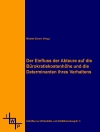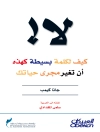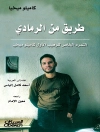Our Mutual Friend illustrated Charles Dickens – Our Mutual Friend, written in the years 186465, is the last novel completed by Charles Dickens and is one of his most sophisticated works, combining savage satire with social analysis. It centres on, in the words of critic J. Hillis Miller, quoting from the character Bella Wilfer in the book, ‘money, money, money, and what money can make of life.'[1]Most reviewers in the 1860s continued to praise Dickens’ skill as a writer in general, though not reviewing this novel in detail. Some found the plot too complex, and not well laid out.[2] The Times of London found the first few chapters did not draw the reader into the characters. However, in the 20th century reviewers have found much to approve in the later novels of Dickens, including Our Mutual Friend.[3] In the late 20th and early 21st century, some reviewers suggested that Dickens was experimenting with structure, [4][5] and that the characters considered somewhat flat and not recognized by the contemporary reviewers[6] were true representations of the Victorian working class and key to understanding the structure of the society depicted by Dickens in this novel.
लेखक के बारे में
Charles Dickens was a British novelist, journalist, editor, illustrator and social commentator who wrote such beloved classic novels as Oliver Twist, A Christmas Carol, Nicholas Nickleby, David Copperfield, A Tale of Two Cities and Great Expectations. Dickens is remembered as one of the most important and influential writers of the 19th century. Among his accomplishments, he has been lauded for providing a stark portrait of the Victorian-era underclass, helping to bring about social change.












